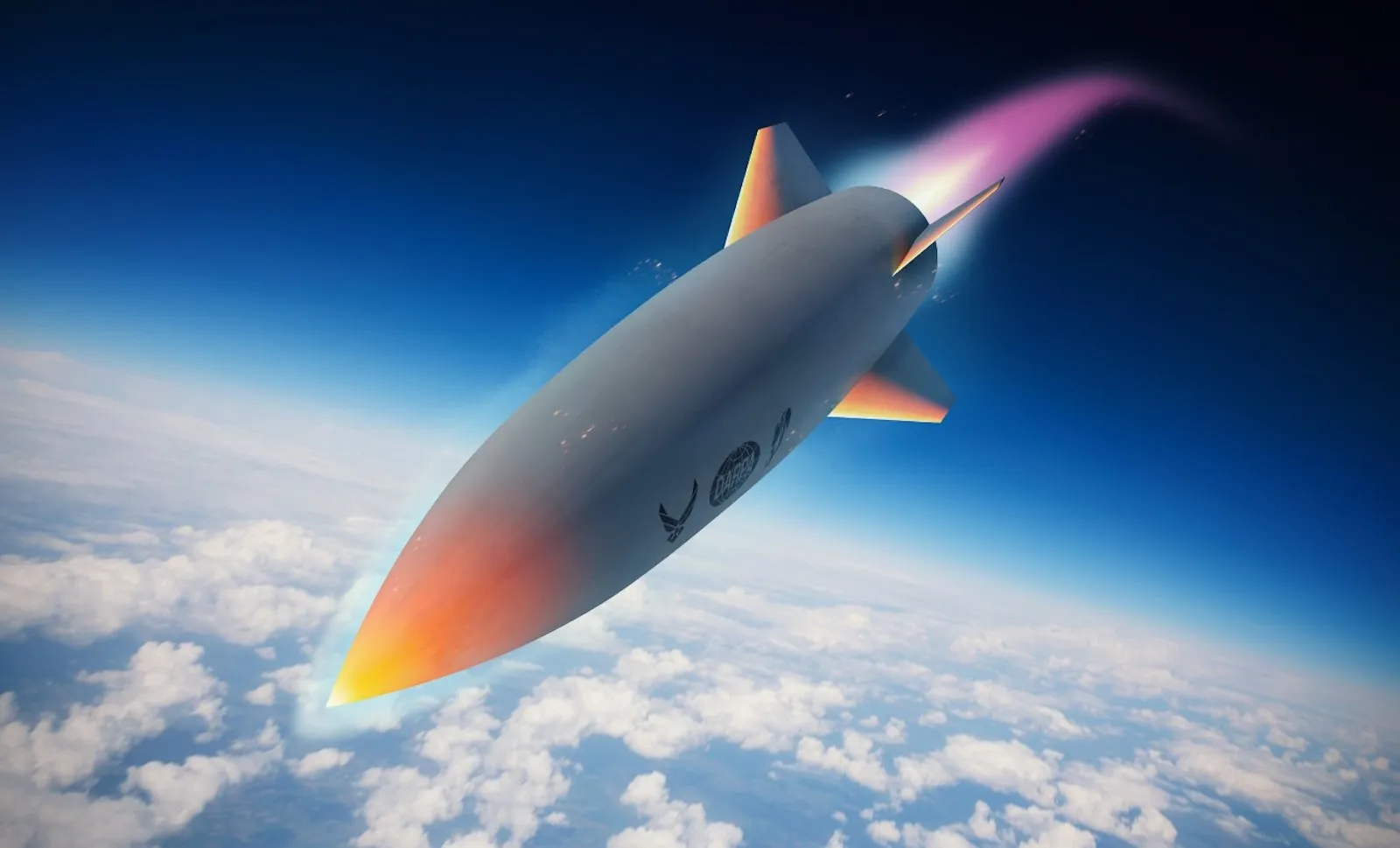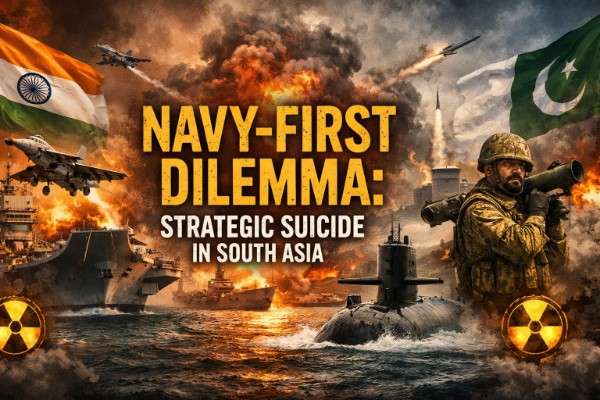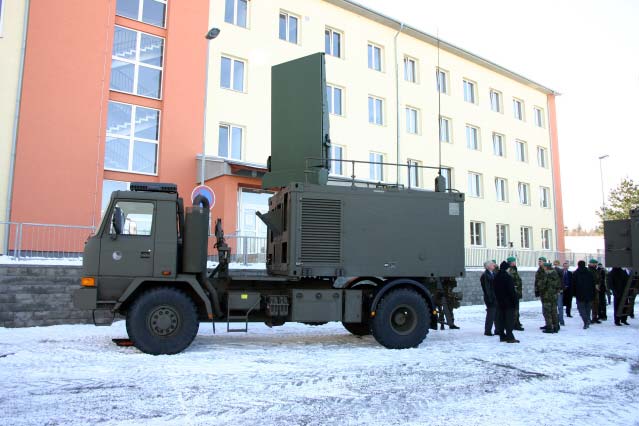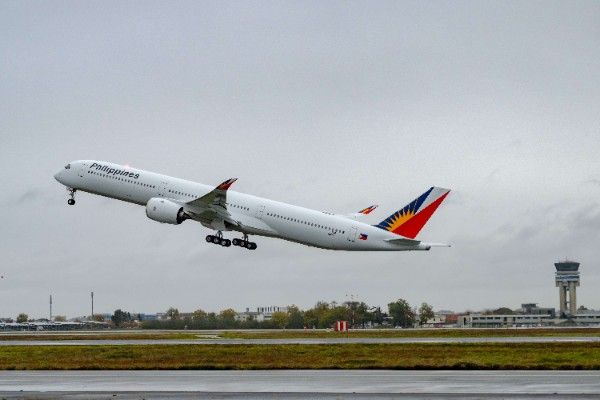Living in an intricated world full of rapid technological inclusions and advancements shifting the geopolitical realm, hypersonic weapons are the cornerstone for strategic alignment of military strategy and global security dynamics. Being introduced as weapons capable of traveling at speed exceeding Mach 5, hypersonic systems are a fusion of maneuverability, having both strategic and significant challenges in the horizons of deterrence. As they allow strike targets much faster than traditional missiles, this speed compresses the time available for the adversaries to attack and detect, therefore increasing the chance of successful strikes. As nations like the United States, Russia, and China race to develop this capacity it’s a matter of discussion to look at the impact of hypersonic weapons on the dynamics of global security.
Read More: What Are Hypersonic Weapons and Who Has Them?
The most overwhelming factor of hypersonic weapons lies in their ability to leave behind the traditional setup of missiles in defense systems. High-speed and unpredictable flight paths are plus points for these technologies to create defensive mode for them as Russia’s Kinzhal missile and China’s DF-17 glide vehicle are designated to target important infrastructure with less warning period ultimately decreasing the capacity of an adversary to respond. This capacity creates an edge over the concept of deterrence as in ratio of calculus adversaries must know the possible outcomes of this devastating strike, ultimately legitimizing the horizons of deterrence for the coercer. Furthermore, hypersonic weapons incapacitate offensive capabilities in regional conflict zones as they enable rapid strikes against high-value targets acting as a shift for balance of power where speed and surprise are predominant factors of hypersonic weapons. For example, China can assert its dominance by threatening US Naval forces and regional allies in the South China Sea with hypersonic missiles. They can act as a deterrence force for China to reinforce its deterring capabilities with strategic deterrence.
Read More: India’s Hypersonic Ambitions and its Ratifications for Regional Strategic Stability
Hypersonic weapons offer a variety of functions but there are certain limitations to the dynamics of global security as the introduction of these systems of hypersonic weapons aggravates the arms race among different nations especially great powers, as nations around the whole globe resist the creation of strategic parallelism over this stance this further leads towards escalating tensions between nations and potential for any conflict between nations as they can misinterpret the intention for creating hypersonic development for both of the nations. Also, the deployment of hypersonic weapons can create the undermining element for the existing arms race which is arms control agreements. Their speed, precision, and accuracy can lead towards the initiation for nations to adopt first strike posture disintegrating the phenomenon of MAD (mutually assured destruction) that has underpinned nuclear deterrence in historical roots. As the era of hypersonic capabilities and capacities is increasing, it counterstrikes the circle of escalation of conflict impacting the lines for the global security arena.
Read More: How Does Hypersonic Delivery System Work?
Under the complex and contingent web of a hypersonic double-edged sword, strategic dialogues, and strategic planning are necessary for stakeholders, especially great powers. Table talks and engaging in dialogues to establish legal and lethal norms for these technologies is a requirement with confidence-building measures as they mitigate risks and escalation linked with their usage. Transparent measures regarding hypersonic capabilities stakes and intentions can minimize the factor of miscalculations among states while maintenance of stability. In addition, the setup of the arms control framework should be evolving to introduce the new and special factors of hypersonic weapons. Policymakers should craft and consider new clauses for treaties or existing agreements to address the hypothetical and other challenges posed by these technologies. As these technologies are part of our globe, so proactive engagement in arms control discussions can prevent nations to exposed towards unchecked arms race while fostering strategic stability.
Read More: US efforts to seek and destroy Chinese and Russian Hypersonics
The paradigm of global deterrence has now been shaped by hypersonic weapons, but it is important to adhere to the implications they are putting on international security. As these weapons offer new strategic dynamics, there is an inclusion of new risks related to hypersonic weapons that demand collective and precautionary measures. The advent of hypersonic weapons became a crucial zone for military strategy and global dynamics as great powers for their dominance need strategic stability and foresight, which can’t be undone by managed regulations of hypersonic capacities. The future of the global horizon of deterrence lies on the stake of hypersonic capabilities and the challenges they pose because in an ulterior move global security dynamics are interlinked with the maintenance of deterrence and if the deterrence path deteriorates it will be a new threat for international security.
Table of Contents
ToggleDua-e-Zahra
Dua-e-Zahra is an enthusiastic student and researcher currently studying at Air University with an interest in SGDS, biological warfare, emerging technologies, climate, and gender. She has been currently working in Climate Forward Pakistan, alumnus of the young leaders’ Organization, x- a research intern at the SDPI global think tank.















One Response
Very well written . Informative and interesting well done Dua !! .